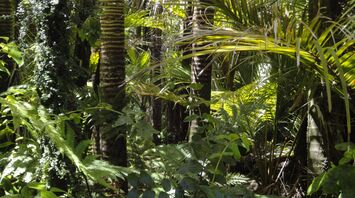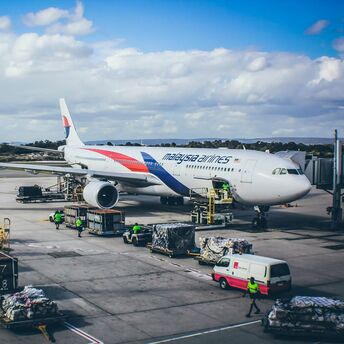Traces of a 2000-year-old settlement discovered in the Amazon forest

Deep in the Amazon forest, scientists have discovered the remains of an ancient city. It was discovered in the eastern foothills of the Andes, in the Upano Valley in Ecuador.
According to a study published in the journal Science, the age of the discovered anthropogenic landscape is more than 2000 years. The Daily Caller reported that this settlement is the largest ever found in the region.
To investigate the discovered object, the researchers conducted some field work and used LiDAR. The analysis revealed a "cluster of monumental platforms, squares, and streets" arranged in a certain pattern and intertwined with an extensive agricultural infrastructure.
Archaeologists have reportedly discovered drainage systems, terraces, and dozens of roadways that stretch across the region. In addition, the discovered roads connect different centers throughout the city, similar to the modern principle of road placement. Thus, this discovery suggests that the people who lived there could travel great distances.
According to the co-author of the study, Stephen Rostain, this settlement can be compared to a Mayan settlement. It is noted that this place dates back to about 500 BC - 300-600 AD, a time when, according to major archaeology, nothing happened, especially entertainment and inventions.



















